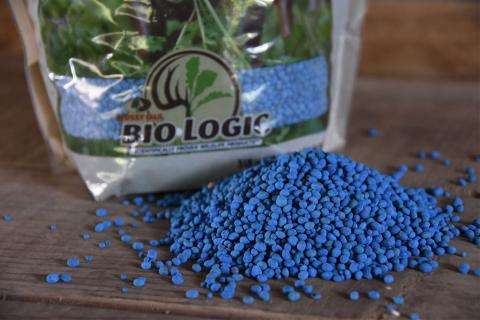MSU DEER LAB (Bronson Strickland, Steve Demarais, and Eric Michel) | Originally published in GameKeepers: Farming for Wildlife Magazine. To subscribe, click here.
At some point in our lives we’ve all heard the saying “You are what you eat.” Typically our mothers told us this to encourage us to eat our vegetables and not so much candy. The same advice can be given when managing whitetail deer. Research has shown time and time again the importance of nutrition for white-tailed deer to fulfill their genetic potential for body growth and antler size. So it’s no surprise that deer are what they eat too.
Maintaining appropriate deer densities, habitat management, and supplemental food plantings are all management activities routinely practiced by gamekeepers to improve diet quality for deer. However, what if we told you that not only is a deer a product of what it eats, but also what its mother and grandmother ate!?
The latest research at the MSU Deer Lab has revealed that deer are very similar to humans because they are affected by a phenomenon called “epigenetics.” In this article we are going to review a 10-year research project where we examined the relative influence of genetics and nutrition on deer body and antler size. We think our results have powerful implications for deer managers. But before we delve into our research project, let’s review some human research that made this important scientific discovery of epigenetics possible.
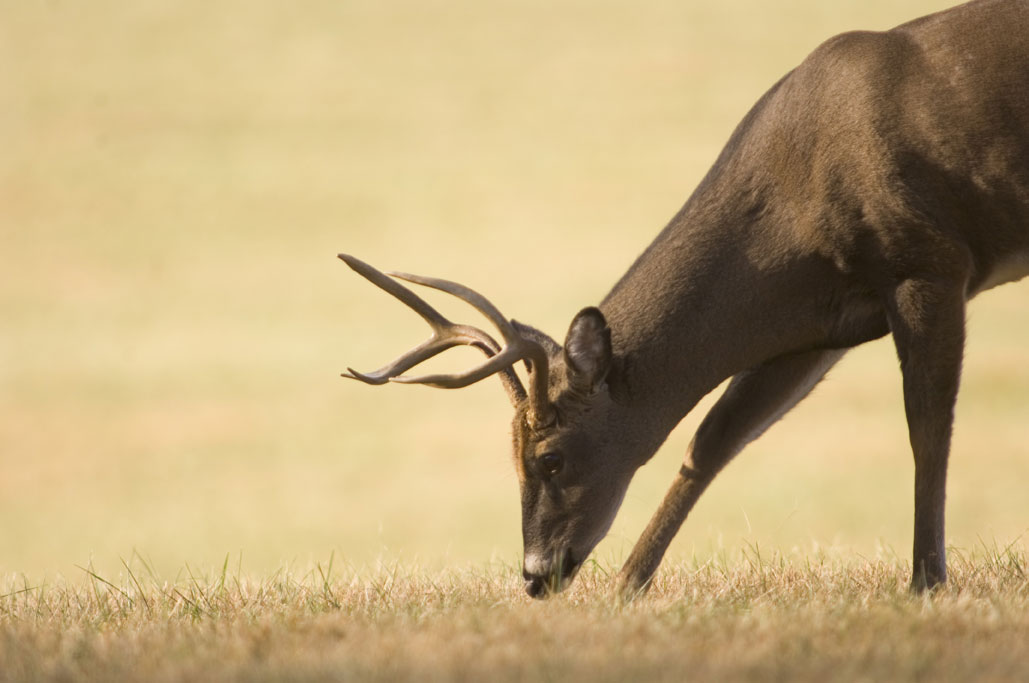
Whitetail Deer Inherit their Predecessors’ Environment
During World War II several European cities were either under siege or food supply lines had been severed causing months of nutritional deprivation. Years after the conclusion of WW II many human researchers began to examine the impacts food shortages had on pregnant mothers by measuring height and weight of children that were conceived during those periods. Many of those kids were smaller as a result of the food restriction their mother experienced, but would these differences simply vanish years later in adulthood, when food was no longer limited, or did those periods of severe food restriction have a life-long impact? The researchers determined that not only did severe food restriction during gestation (while in the womb) affect the child from adolescence to adulthood; it also affected their children’s children! Somehow this impact of food restriction carried over to the adult’s grandchildren! But how can this be? Did the kids inherit some marker that affected their genetic expression even during a period of food abundance?
The old model of genetics taught us that individuals inherit genes from their parents and the environment experienced during life affects how those genes are expressed. So, for example, let’s say a buck’s genes are coded to grow 140 B&C antlers and weigh 190 pounds, but the buck is born in an area with low habitat quality and consequently has poor nutrition his entire life. Rather than fulfilling his genetic potential, he is limited by his environment and only grows 120-class antlers and weighs 150 pounds at maturity.
This would be a classic example of the old model of genetics showing how the environment experienced during life influences the potential of an individual.
This new model of epigenetics says that not only is the environment a buck experiences during his lifetime important, but also the environment experienced by his parents and grandparents! So not only do children inherit genes from their parents, they also inherit little environmental markers that say whether or not it’s okay to express certain genes. This is a remarkable discovery and explains the variation we see in deer far better than the old genetics model. It’s also a brilliant way Mother Nature has allowed deer (and other animals) to be more adaptable to changing environments. Looks like Mother Nature still has some tricks up her sleeve.
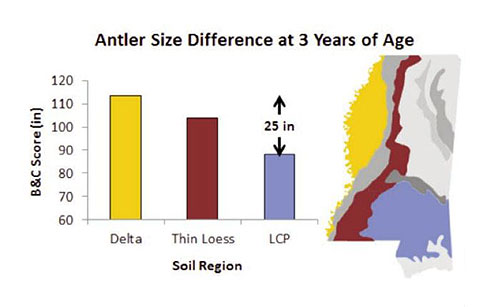
Figure 1. Antler size differs greatly by soil regions in Mississippi.
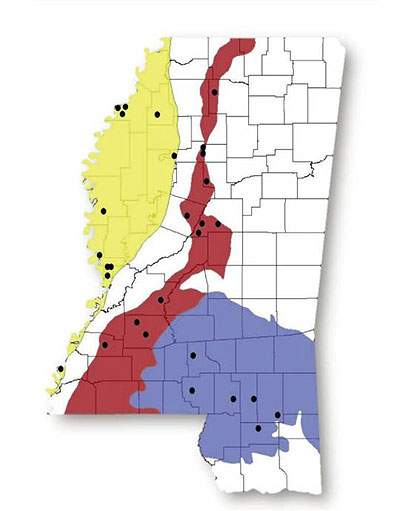
Figure 2. Capture locations of wild, pregnant does used in our study
The Effect Soil has on Wild Deer Size
Now with that background information, we’ll get back to our study. This project was a cooperative effort between the MSU Deer Lab and the Mississippi Department of Wildlife, Fisheries and Parks (MDWFP) and our research question was pretty simple – was the variation in body and antler sizes across the state of Mississippi caused by the environment or by genetics (Figure 1)?
To answer this question graduate students and biologists captured pregnant does from populations in three distinct soil regions of Mississippi (Figure 2). These three regions are characterized as having good, medium, and poor soil quality. Additionally, the three regions have very different land uses. The Delta, a region with good soil quality, is dominated by agriculture and provides a lot of deer forage throughout most of the year. On the other end of the spectrum is the Lower Coast Plain (LCP) soil region which has poor soil quality and the landscape is dominated by intensive pine production, which limits the amount of deer forage produced on a property throughout much of the stand’s growth cycle. The Loess Hills is right in the middle – not as good as the Delta and not as poor as the LCP.
The ultimate impact of this association between soil quality and deer forage production is apparent in both body and antler size of deer from these regions. When comparing the body weight and antler size we see Delta bucks are 41 pounds heavier and 25 inches larger than LCP bucks at three years of age.
Although the difference in antler and body size of deer in Mississippi appears clearly linked to soil quality and land use, there may be a genetic cause as well. Prior to the 1960s, much of the southeastern US was devoid of deer. It’s hard to imagine nowadays, but state wildlife agencies spent decades stocking deer throughout their respective states. For example, in Mississippi, MDWFP released over 3,000 deer in hopes of reestablishing populations – and it worked! Most states now have a thriving deer population.
Could it be possible that the variation in body and antler size observed in Mississippi was due to genetic differences from the stocked deer? After all, Mississippi had deer stocked from Texas, Mexico, North Carolina and Wisconsin, to name a few. Prior research from the MSU Deer Lab confirmed there are clear genetic “signatures” of deer throughout the state, which were linked to restocking. Although we found some deer populations had different genetic backgrounds, this does not necessarily mean these differences are responsible for the variation in body and antler sizes, we simply proved that genetic pockets existed. But maybe the stocking sources are responsible for bigger antlers in some areas of Mississippi?
Experiment: The Effect Nutrition has on Growth
We had to design a study to tease apart the relative influence of genetics and nutrition. We can accomplish this by capturing wild deer and controlling their diet. If the diet is the same, and body and antler size remains different, we can conclude genetic differences. On the other hand, if differences in body and antler size vanished when deer were fed the same quality diet, we can conclude nutrition is the cause.
The captured does were transported to the deer research facility at MSU and gave birth to their fawns in subsequent months. After fawns were weaned they were all provided the same high quality diet. So, unlike their mothers, this first generation of Delta, Loess Hills, and LCP fawns all received the same high-quality diet. We captured each deer every year in the fall and measured their body weight and antler size for regional comparisons. We hypothesized that deer from the Loess Hills and LCP regions would grow to the same size of the Delta deer because they were all provided the same diet. But did they?
Results of the Nutrition Experiment
When we fully analyzed our results, we did not find what we expected. We thought the buck body weights from the Delta would essentially remain the same (after all, they already receive a high-quality diet in the wild) while bucks from the Loess Hills and LCP would improve significantly. For body weight, bucks from both the Delta and Loess Hills increased 9 pounds relative to their wild counterparts (Figure 3). But the bucks from the most nutritionally restricted area, the LCP, only increased 1 pound! Let me repeat – the body weight of LCP bucks that were fed a high-quality diet from fawns to 3 years of age only increased 1 pound compared to their counterparts roaming the nutritionally deprived region of south Mississippi.
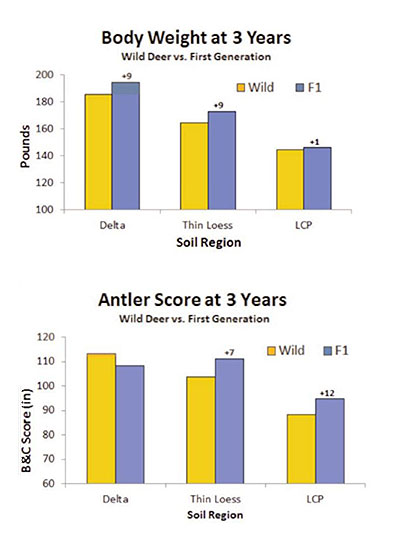
Figure 3. Comparison of body weight and antler size between wild bucks and first generation (F1) from three soil regions of Mississippi. F1 bucks were fed the same high-quality diet from birth.
Antlers responded somewhat differently. There was essentially no change in the Delta, a 7 inch increase in the Loess Hills, and a 12 inch increase in the LCP (Figure 3). This is more along the lines of what we were expecting – larger increases in the LCP as compared to the Delta and Loess Hills.
Now for the second part of our study – the second generation. The second generation is composed of deer that were born to mothers that were raised in our research pens on the optimal, high-quality diet. That is, they are offspring of the first generation deer (remember, the first generation deer were all raised on the same high-quality diet, but their mothers were from the wild). Big changes occurred in the second generation!
As you can see in Figure 4, bucks from the Delta, Loess Hills, and LCP regions increased 33, 20, and 36 pounds, respectively, compared to the wild bucks! Now the LCP bucks have equivalent body weights to wild bucks from the Delta region! Antler size displayed the same trend. Bucks from the Delta, Loess Hills, and LCP regions increased 5, 11, and 33 inches, respectively, compared to the wild bucks (Figure 4)!
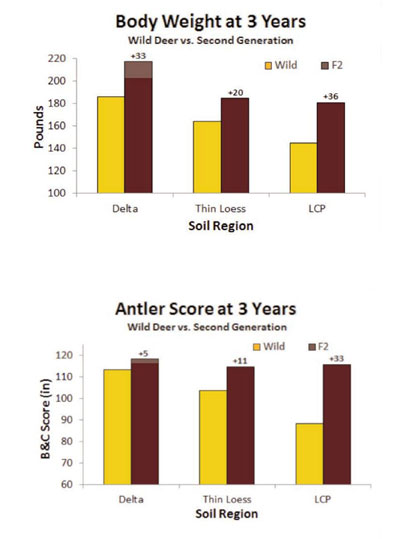
Figure 4. Comparison of body weight and antler size between wild and second generation (F2) bucks from three soil regions of Mississippi. F2 bucks were fed the same high-quality diet.
So what did we learn? First and foremost, you are what you eat – and what your mother ate! Our results clearly demonstrate that deer in the LCP region of Mississippi, or any area of the whitetails’ range with low quality soil, are not genetically doomed to have smaller bodies and antlers, they are simply a product of their environment. Once nutrition was improved, those LCP bucks started to display their genetic potential – but it took time.
We feel confident that what we found was an epigenetic effect. Although the first generation of bucks was raised on the same optimal diet, certain genes that code for growth were not “switched on.” Their mother’s had passed along a signal to their genes which essentially said not to grow as big as you can because the environment simply won’t support it (there’s a disadvantage to being too big when food is limited). However, by the 2nd generation, these genetic switches were turned on. Because my mother had good nutrition I will likely have good nutrition as well, so now it’s safe to grow larger. Isn’t Mother Nature amazing?
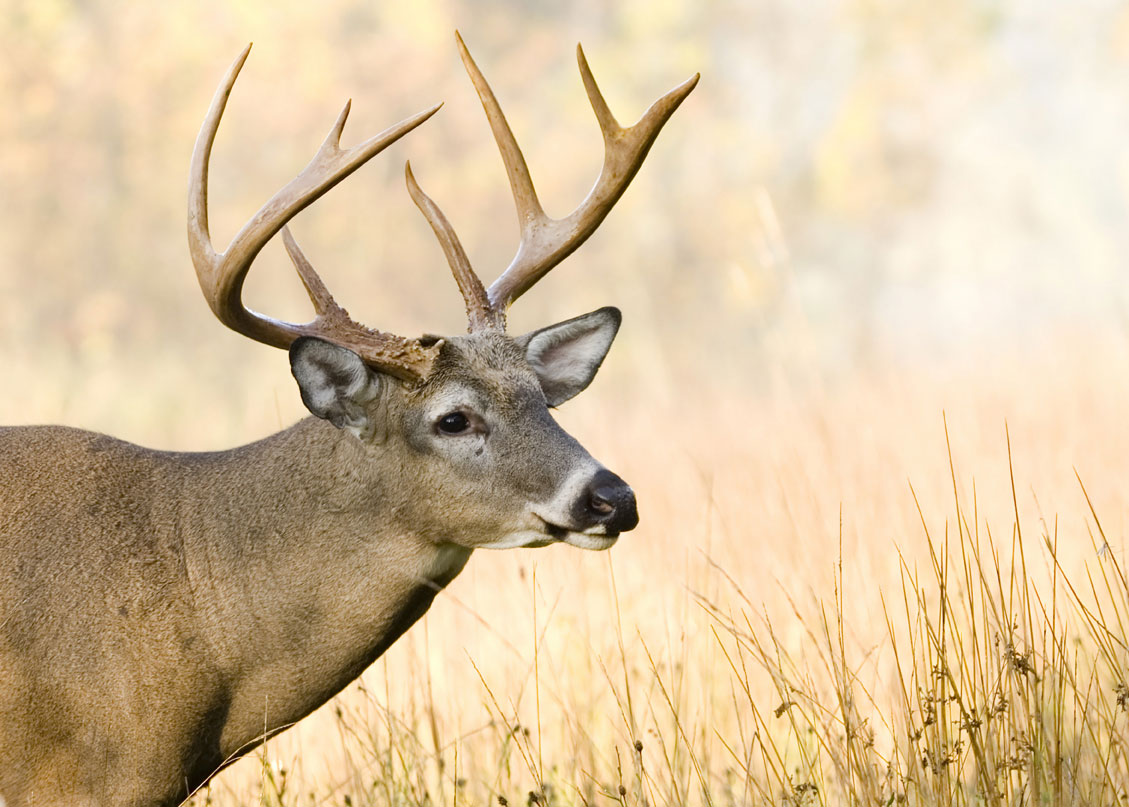
3 Key Tips for Growing your Deer
- Stop worrying about genetics! Although genetics do control body and antler growth of individuals, they cannot be managed at the population scale (we will save this topic for another Gamekeeper’s article).
- Focus on nutrition. These results are empowering because they show a clear link between buck quality and nutrition, which is something you can improve on your property. Habitat management and supplemental nutrition will yield results.
- Big changes will take time. Remember that significant changes will occur on a generational timescale. Individual deer will respond to increased nutrition on the short-term, but those changes are minimal compared to the change you will see 5 to 10 years later at the population level once these genetic switches have been turned on.
Ways to begin Growing Bigger Deer
So what can you do as a gamekeeper to turn those genetic switches on? First and foremost is habitat management. Providing an abundance of natural broadleaf, herbaceous plants (forage) is critical. Mother Nature has given you the seed for these plants; you just have to prepare a spot for them to grow. This can be accomplished through soil disturbance, like disking and burning, and by managing the canopy of your forestland. Deer forage needs sunlight! Shady forests provide very little forage for deer. So work with a Registered Forester to thin timber stands as soon as possible and then incorporate a prescribed burning program.
Once you have created good deer habitat, supplement with food plots. Many hunters do a good job of planting cool-season food plots, but few develop a good warm-season program. Keep in mind that both antlers and fawns are being grown during the summer, so this is a critical time for deer to have good nutrition and switch those growth genes on!
These results should be the justification to focus on managing your deer habitat for nutrition. This is the single best return on your investment, but it will take time.

















